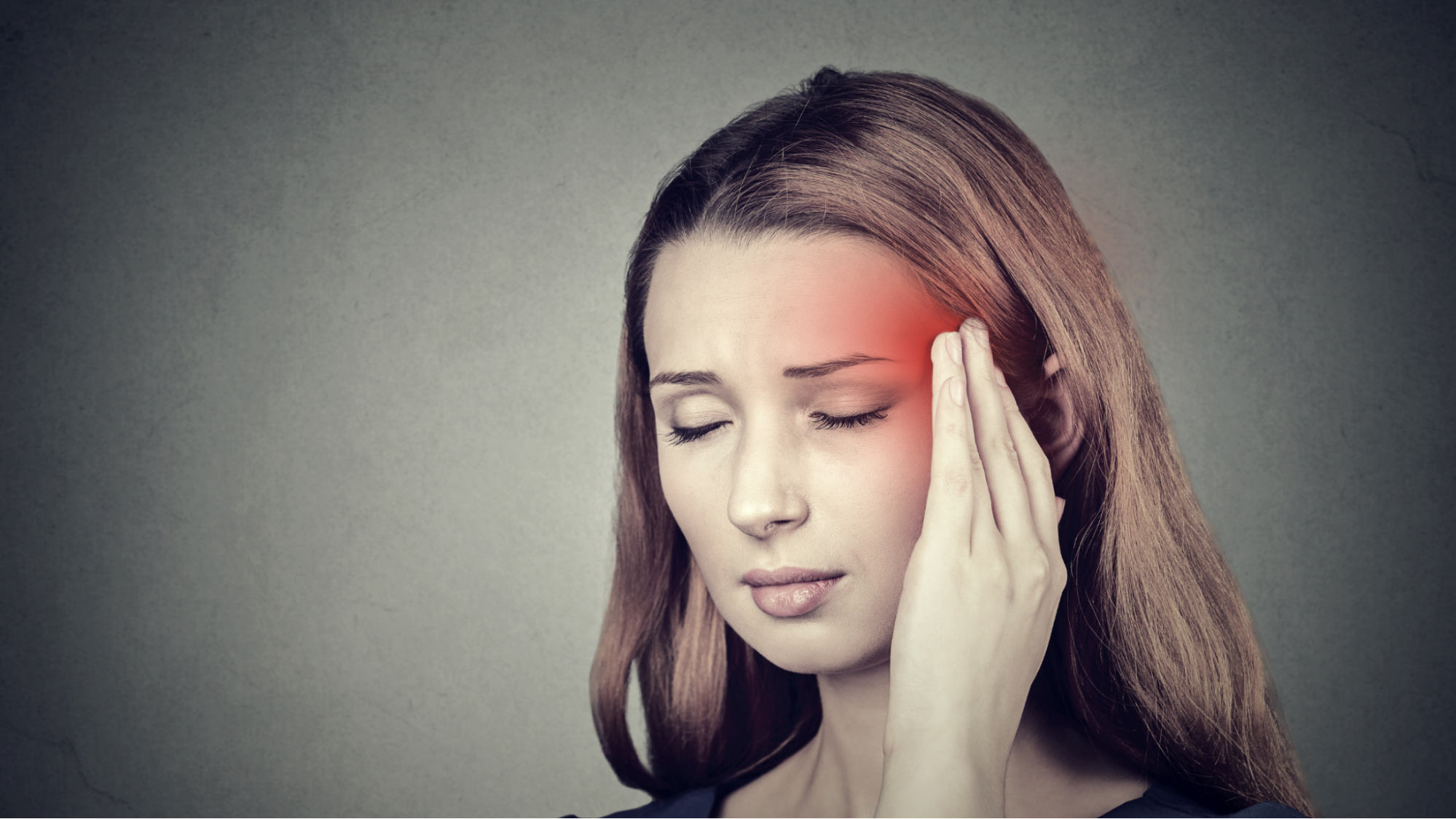The Best Non-Invasive Chronic Migraine Treatment

Anyone who has ever experienced migraine attacks is on the lookout for the best chronic migraine treatment.
Why? Because migraines are a terrible thing to experience and can be a very tricky thing to treat. Depending on your symptoms and triggers, chronic migraine treatment directions may vary, but one thing remains certain – the best course of action will always be an effective but non-invasive one.
Neurofeedback training can be a revolutionary treatment for chronic migraine sufferers, that brings the promise of reduced migraine headache pain without the additional risks of medication or other procedures. With Beaverton Neurofeedback, you can train your brain to get rid of migraine attacks once and for all.
What Are Chronic Migraines?
Chronic migraine is characterized by at least 15 headache days per month, with at least 8 of those days exhibiting migraine-like symptoms, for a period of time longer than three months. Fewer headache attacks that eventually develop into a pattern of increasingly frequent headaches are the usual pattern of how chronic migraines start.
Approximately 3 to 5 percent of Americans suffer from chronic migraine. Every year, about 3% of individuals with episodic migraine develop chronic migraine attacks.
Symptoms
Migraines can develop through four stages – however, not every migraine sufferer experiences each stage.
1. Prodrome
These are some symptoms that may appear a couple of days before the actual migraine, and can come as a warning sign. They vary drastically, from food cravings to a stiff neck, mood changes, or even water retention.
2. Aura
Auras can happen prior to or during migraines for certain people. They are temporary nervous system symptoms. Each symptom often starts out mildly, intensifies over a few minutes, and lasts for up to an hour.
Auras associated with migraines include seeing different shapes or spots, temporarily losing vision, the feeling of pins and needles in extremities, numbness, weakness, and even a difficulty in speaking.
3. Attack
This is the actual manifestation of the migraine. The common migraine symptoms during an attack are pulsating pain, accompanied by sensitivity to light and sound, and possible nausea.
Migraine headaches typically present themselves on one side of the head, but it’s not a rule. For some people, the pain can be felt on both sides.
4. Post-drome
You can experience post-migraine drowsiness, confusion, and fatigue for up to a day. A sudden head movement could briefly reactivate the pain. However, some people claim to feel euphoric, most likely because they find themselves on the other side of a very painful experience that they are happy to have overcome.
Symptoms
Although the precise cause of migraines is undetermined, it is believed that transitory alterations in the brain's neurotransmitters, neurons, and blood vessels are to blame. Nearly half of all migraine sufferers also have immediate relatives who have the disorder, which raises the possibility that genes may be involved.
There are some common triggers for episodic and chronic migraine that many people report as probable causes:
- Stress
- Fatigue
- Caffeine
- An unhealthy diet
- Certain days of the menstrual cycle
- Some medications or a medication overuse headache
However, with a lack of scientific research convincing enough to give us a certain answer to the question “why do we have migraines?”, their definite cause remains unknown.
How Can Neurofeedback Training Help Treat Migraines?
Neurofeedback as a chronic migraine treatment may be the solution if medicine hasn't relieved your migraines, or if you wish to stop using or avoid utilizing pharmaceuticals.
The frequency and severity of migraines can both be decreased with neurofeedback training. Symptoms disappear, decrease in frequency, or are less severe as a result of harmonizing the brain to improve brain function.
A study conducted on 71 patients of all ages with chronic migraine headaches showed that the frequency of headaches appears to be eliminated or greatly reduced by neurofeedback. An incredible 54% of participants that received chronic migraine treatment through neurofeedback training noticed a complete disappearance of their symptoms.
Neurofeedback training can assist with ailments of the central nervous system, such as migraines, which are characterized by an elevation in the cerebral cortex's responsiveness.
Because it interacts directly with the nervous system, neurofeedback can be quite successful in stabilizing this excitability, which can lessen sensitivity and other migraine-related symptoms as well as minimize headaches.
How Does It Work?
During neurofeedback, we monitor how the body reacts to stressors. People have sensors placed on their heads during the session while an EEG gathers data, and their brain activation is tracked and analyzed on a computer. The activity of the central nervous system is observed with this EEG device.
Essentially, the person undergoing this treatment of chronic migraine learns more about how their brain waves change in accordance to different stressing triggers.
Through multiple sessions, the brain learns how to avoid the symptoms of an episodic migraine, and therefore treat chronic migraine through its own forces, without medication.
Start Your Non-Invasive Chronic Migraine Treatment
If you experience migraine pain often, or even if you’re just searching for migraine prevention because you fear you may be predisposed to attacks, neurofeedback could be the best option for you!
It doesn’t matter if you want to undergo your sessions in-office, or if you’re more comfortable monitoring and training at home – contact us, and we’ll help guide you on the best course of action for your needs!




